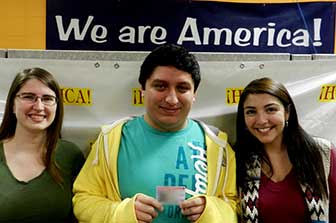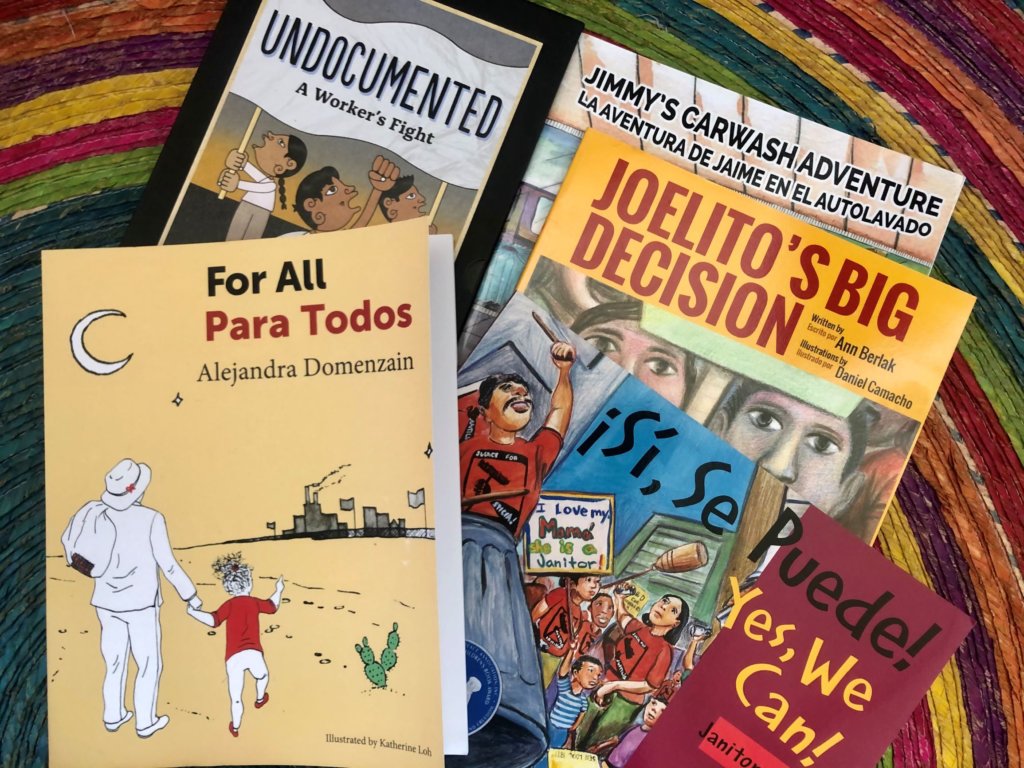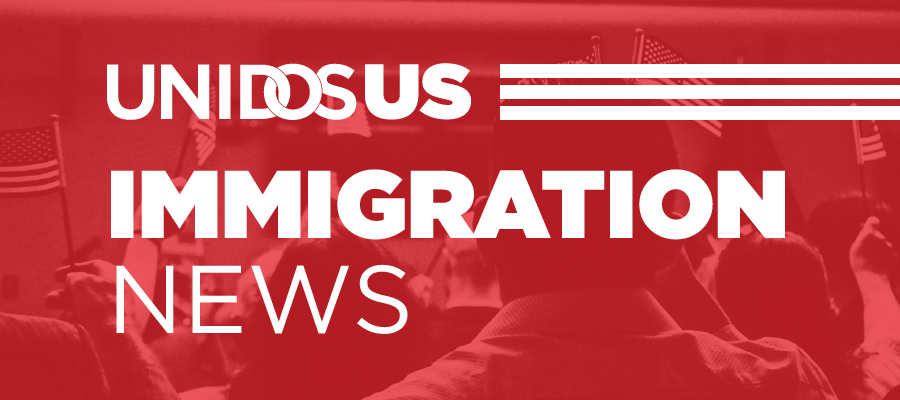Trying to Foster a Safe Learning Environment for Undocumented Kids? Here Are Some Resources
In Mexico, thousands of Central American migrants have been making their way to the U.S. border, potential asylum seekers fleeing both poverty and extreme levels of violence. President Donald Trump has used news of their journey as yet another opportunity to recklessly divide the nation against immigrants. And all across America, undocumented children sit uneasily in their classrooms or are kept from school altogether, fearing that at any moment Immigration and Customs Enforcement agents will detain them and deport their parents.
Unsurprisingly, a Pew Research Center poll released Thursday shows that more than half of Latinos residing in the United States feel their situations have worsened, up 32 percent from a poll conducted in the weeks after Trump’s election.
But a dismal as this scenario is, UnidosUS and other civil rights and advocacy organizations want to remind parents that all children have rights in the U.S. school system, regardless of their immigration status. In fact, schools can provide a safe haven for the more than 2.5 million undocumented immigrant children living in the U.S.
Keep up with the latest from UnidosUS
Sign up for the weekly UnidosUS Action Network newsletter delivered every Thursday.
This month, Teach for America, a leading educational non-profit that helps to develop and place teachers in the nation’s most underserved schools, offered educators, students, and their families some hopeful solutions. In its report What Teachers of Undocumented Students Should Know from the organization’s One Day Magazine, it reminds readers that U.S. laws allow all residents in this country to enroll children in the public school system without revealing their immigration status, and ICE policy generally prohibits agents from entering schools and universities.
The report also offers a comprehensive list of ways teachers can ease anxiety for children in their classroom. Drawing on lesson plans created by other educational non-profits such as ImmSchools, Teaching Tolerance, and Colorín Colorado, as well as on resources from the Immigrant Advocates Network, it offers ideas for helping children understand their rights—often in their home languages—and provides links to lesson plans aimed at sensitizing entire classrooms to the current climate of immigration without revealing who in those classrooms might be undocumented.
“It is vital that educators and community leaders have access to resources like these to be able to know and protect their rights,” says Carlos Guevara, Senior Policy Advisor at UnidosUS.
Guevara notes that the ideas shared in Teach for America’s article compliment materials developed by UnidosUS and its Affiliate Network. Those include red cards explaining US constitutional rights for all people residing in the United States, illustrated cards offering best practices for handling an immigration raid, and a video and resource page explaining what the Trump Administration’s cancellation of the Deferred Action for Childhood Arrivals (DACA) policy means for K-12 students.
“These are uncertain times for too many people in our country. But schools are uniquely positioned to take the lead in building community trust while creating a safe space for children and families,” says Callie Kozlak, Field Campaign Manager for Education Policy at UnidosUS. “It is important for the future wellbeing of our nation that these students can stay engaged in their communities and have the tools to build a brighter future.”
-Author Julienne Gage is the Senior Web Content Manager for Progress Report.




